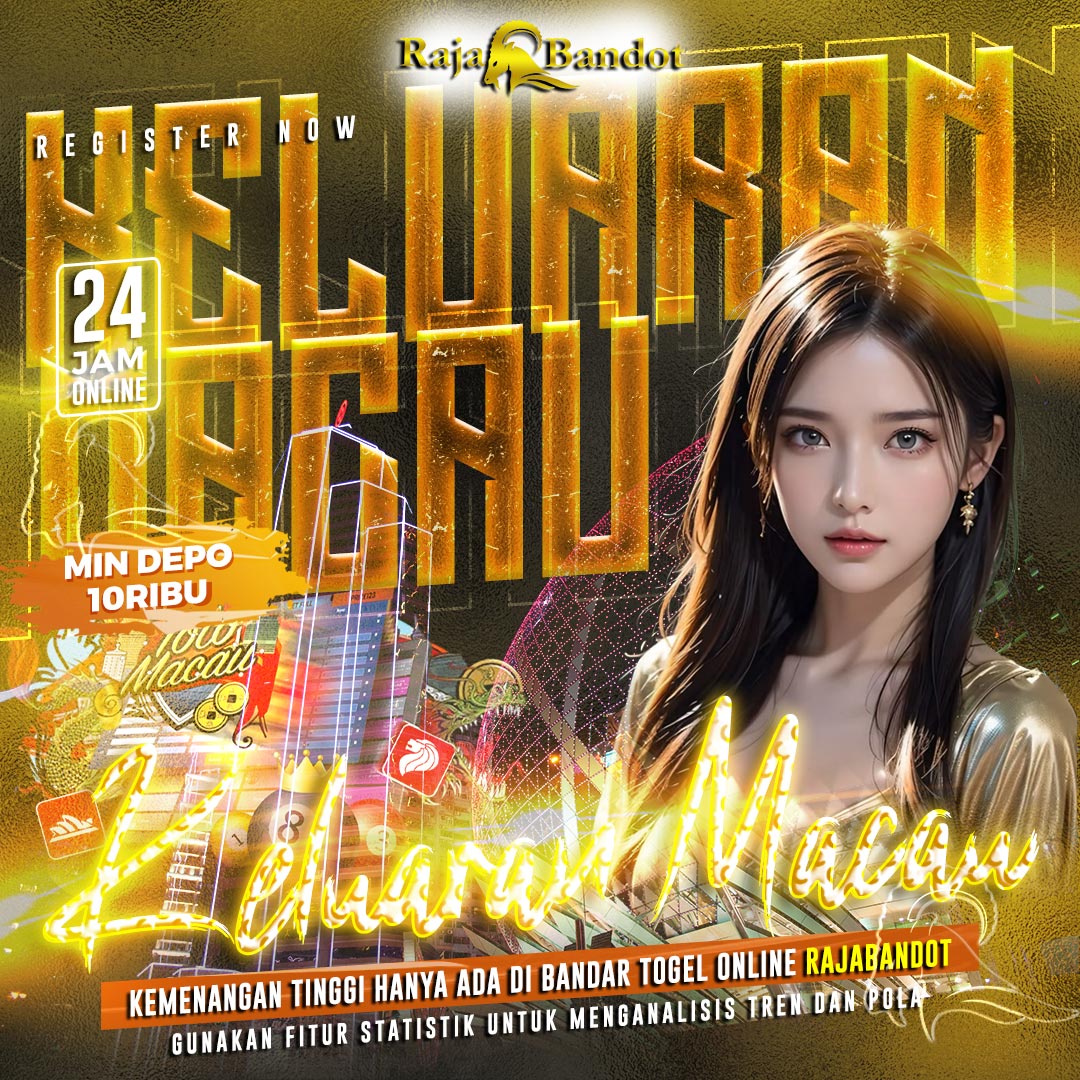macau 5d
Download Aplikasinya dan Belanja Sekarang!
Success! Please check your phone for the download link
data macau
situs toto
LACAK PESANAN



 Promo
Promo
 Login
Login
 Daftar
Daftar
 Prediksi
Prediksi
 Live Chat
Live Chat